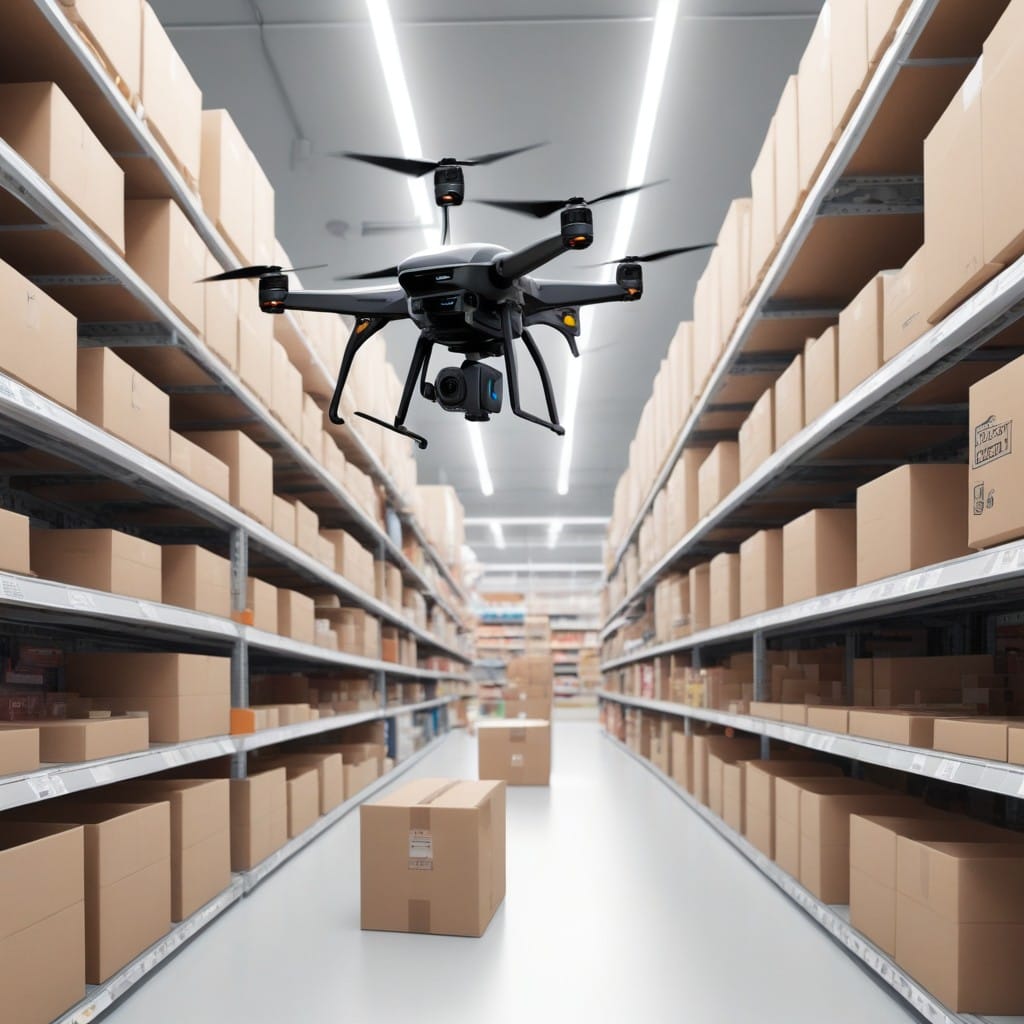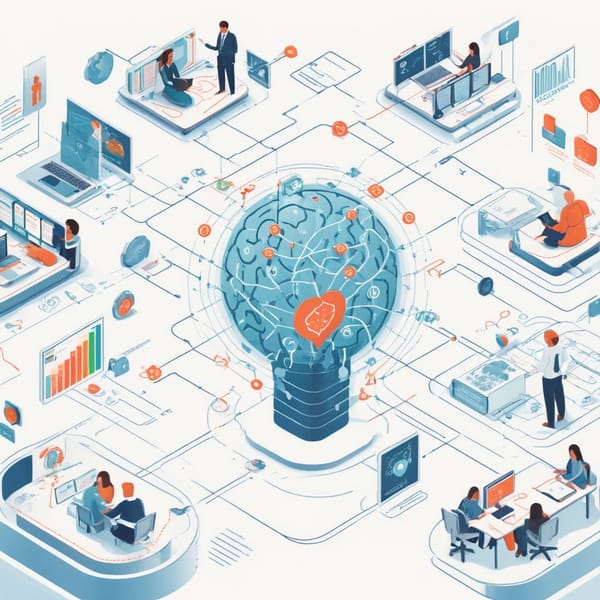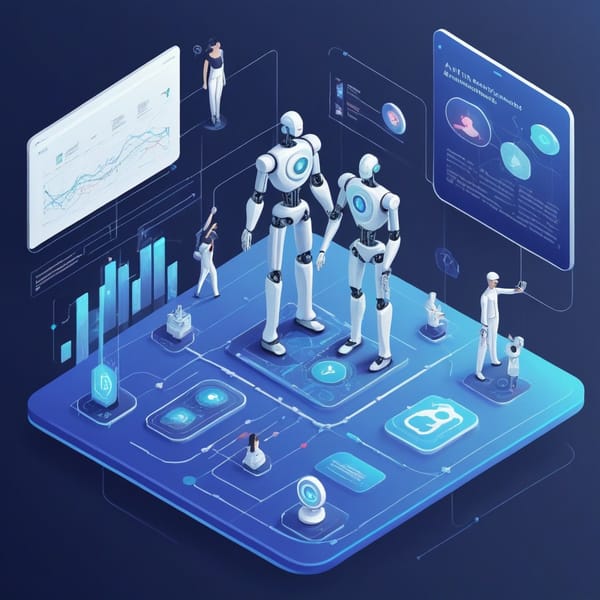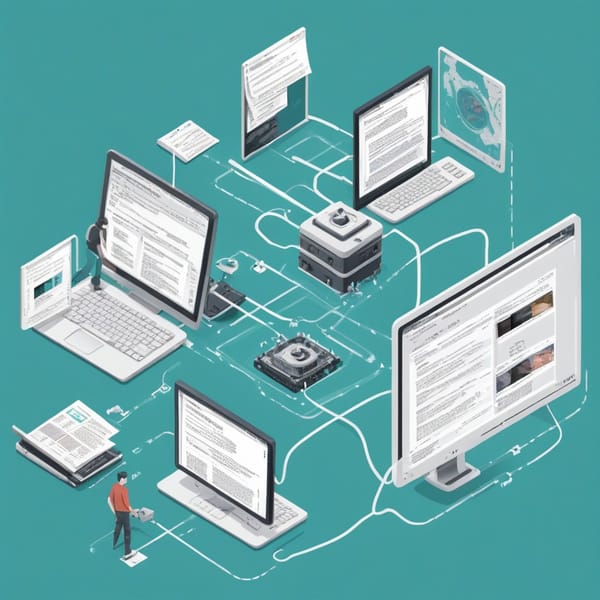AI-Powered Shelf Inventory Drones: The Future of Retail Stock Management

The retail industry is undergoing a technological transformation, and one of the most exciting innovations is the use of AI-powered shelf inventory drones. These autonomous flying devices are revolutionizing stock management by providing real-time, accurate inventory data, reducing labor costs, and minimizing human error. As retailers strive to optimize operations and enhance customer experiences, these drones are emerging as a game-changing solution.
How AI-Powered Inventory Drones Work
AI-powered shelf inventory drones are equipped with advanced computer vision, machine learning algorithms, and high-resolution cameras. They autonomously navigate store aisles, scanning shelves to detect stock levels, misplaced items, and pricing discrepancies. The AI processes this data in real time, comparing it against inventory databases to identify shortages, overstock, or incorrect product placements.
Key features of these drones include:
- Autonomous Navigation: Using LiDAR and obstacle-avoidance sensors, drones fly safely around stores without human intervention.
- Real-Time Analytics: AI instantly analyzes shelf conditions, flagging issues for restocking or corrections.
- Integration with Retail Systems: Data syncs with inventory management software, enabling automated reordering and supply chain optimization.
Benefits for Retailers
1. Improved Accuracy and Efficiency
Manual stock checks are time-consuming and prone to errors. Drones complete inventory scans in minutes—tasks that would take employees hours—while achieving near-perfect accuracy. This reduces stockouts and overstocking, ensuring shelves are always well-stocked.
2. Cost Savings
By automating inventory tracking, retailers cut labor costs associated with manual counts. Employees can focus on customer service instead of repetitive stock checks.
3. Enhanced Customer Experience
Empty shelves frustrate shoppers and lead to lost sales. AI drones help maintain optimal stock levels, ensuring customers find what they need, improving satisfaction and loyalty.
4. Data-Driven Decision Making
Retailers gain actionable insights into purchasing trends, shelf performance, and supply chain inefficiencies, enabling smarter restocking strategies.
Real-World Applications
Major retailers like Walmart and Amazon are already testing inventory drones. Walmart’s pilot program saw drones reduce inventory scanning time from a month to just one day per store. Similarly, Amazon uses drones in warehouses to streamline logistics, a practice now extending to retail floors.
Smaller retailers also benefit, as drone technology becomes more affordable. Cloud-based AI solutions allow even local stores to adopt automated inventory management without heavy upfront investments.
Challenges and Considerations
While promising, drone adoption isn’t without hurdles:
- Regulatory Compliance: Aviation laws may restrict drone usage in certain regions.
- Store Layout Limitations: Cluttered or narrow aisles can hinder drone navigation.
- Privacy Concerns: Cameras may raise customer privacy issues, requiring transparent policies.
Retailers must weigh these factors and invest in training staff to manage and maintain drone systems effectively.
The Future of Retail Inventory
As AI and drone technology advance, we can expect even smarter solutions—such as drones with RFID scanning or predictive analytics that forecast demand before stock runs low. The integration of 5G will enable faster data processing, making real-time inventory updates seamless.
Conclusion
AI-powered shelf inventory drones are transforming retail stock management, offering unmatched speed, accuracy, and cost efficiency. As more retailers adopt this technology, the days of manual stock counts will fade, replaced by autonomous systems that keep shelves full and customers happy. The future of retail is here—and it’s flying.
By embracing AI drones, businesses can stay competitive in an increasingly digital marketplace, ensuring they meet consumer demands with precision and innovation.



